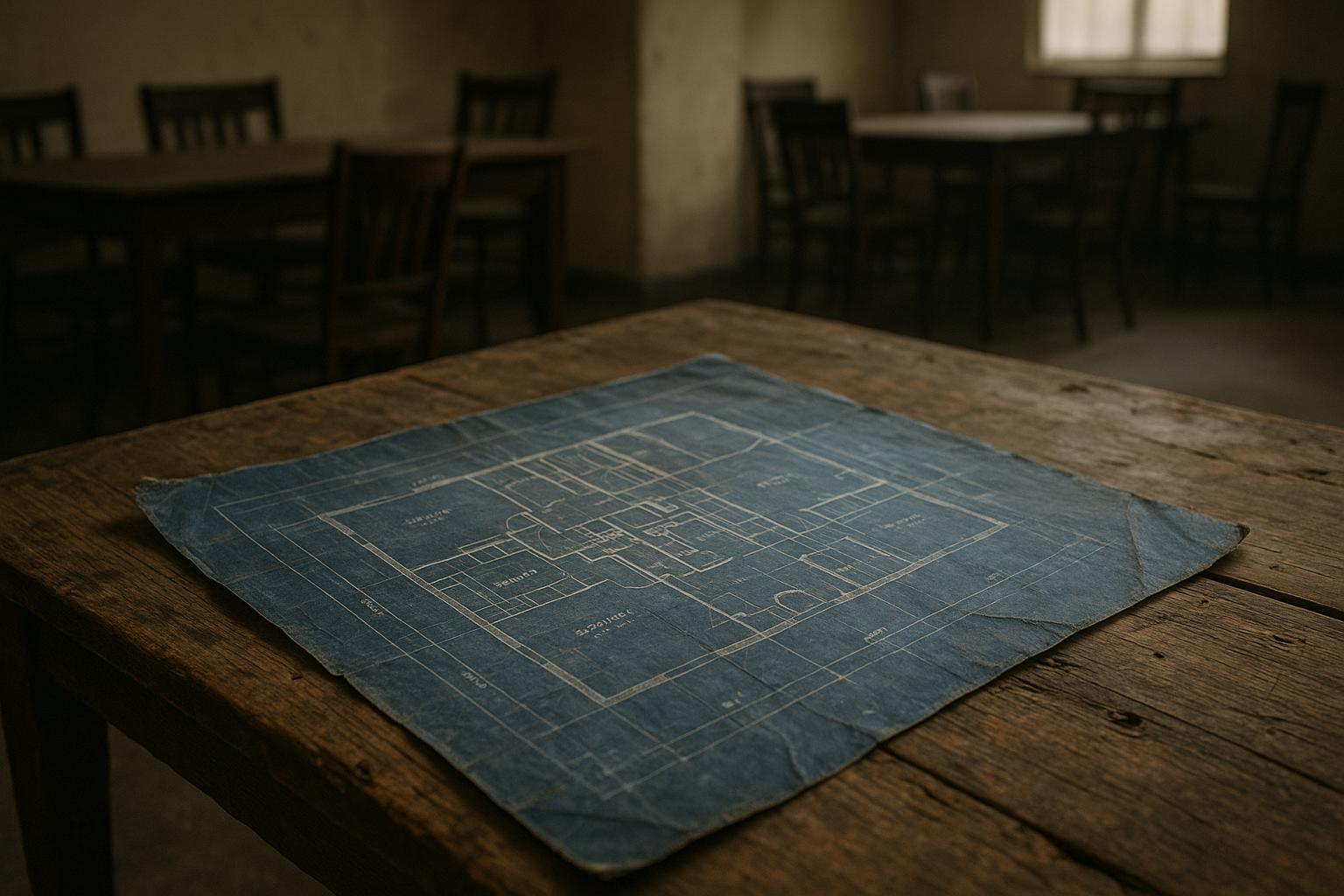The Building Safety Regulator (BSR) has announced plans to clear its backlog of legacy Gateway Two building control applications by January next year. This backlog, comprising 91 legacy cases from a scrapped franchised multidisciplinary team (MDT) model, covers some 21,745 new-build homes, including 51 developments in London. The BSR expects decisions on the majority of these applications by the end of November, with the full clearance scheduled for January 2026. The regulator attributes the delays to issues such as staff availability, the complexity of some cases, and the need for additional information from applicants or the BSR itself. The organisation has rolled out a tailored plan aiming to tackle specific obstacles within each application, deploying resources swiftly to respond to emerging challenges.
Despite this progress, the BSR continues to manage a significant volume of applications, processing over 400 new-build and remediation Gateway Two requests overall. Currently, 152 live new-build applications remain active, representing more than 33,600 housing units. The BSR's central Innovation Unit, established last August to accelerate new-build Gateway Two applications through internal MDTs, is handling 27 applications on schedule within the statutory 12-week timeframe. Notably, none of the applications have yet required referral to the statutory fire and rescue consultation process.
In parallel, remediation applications remain steady, with new submissions broadly matching the number of decisions. However, the existing MDT model has been deemed ineffective for legacy remediation cases. Plans are underway to establish a centralised remediation unit aimed at boosting progress, accompanied by discussions with Homes England to enhance coordination. Additionally, a new batching system introduced in September has expanded capacity for processing remediation cases, with an initial pilot batch dispatched to engineering service suppliers and further regular dispatches planned according to available capacity.
The BSR’s commitment to resolve the backlog comes amid persistent industry concerns about delays and their broader impact on construction timelines and the housing market. According to industry data reported by the Federation of Master Builders, since the new regulations took effect in October 2023, approval rates at Gateway Two have been low, with only around 31% of applications being approved overall and just 23% for new builds. Many applications fail due to insufficient details, non-compliance with legal requirements, design issues, or lack of clarity on construction phase management and safety protocols like the Golden Thread. The average approval times far exceed the statutory 12-week limit, with new build applications taking on average 36 weeks—three times longer than intended.
These delays are not only frustrating for developers but are also having a tangible impact on the construction sector’s supply chain. Specialist contractors in demolition and foundations have warned of job losses as projects stall while awaiting Gateway Two approvals. Reports indicate that only a tiny fraction of high-risk building projects have cleared Gateway Two since the regulations’ introduction, with many large schemes stuck in the system for extended periods. This bottleneck risks undermining the government’s housing delivery targets and has caused financial institutions to reconsider their exposure to stalled developments. Some banks have reportedly scaled back lending in the high-risk residential market due to the uncertainty caused by ongoing regulatory delays.
The situation has attracted scrutiny at government levels. The House of Lords has launched an inquiry into the BSR’s performance in managing the Gateway Two approval process, highlighting that only 2.4% of applications are being approved within the statutory 12 weeks. Approval rates have declined steeply since 2023, and backlogs are growing, contributing to developer frustration and calls for urgent reform. Industry bodies like the Fire Industry Association have called the current processes “overly complex and inefficient,” urging the BSR to review its procedures and guidance to avoid further delays. Clearer advice on the expected level of design information and a more phased approach to submissions could reduce wasted effort and help accelerate approvals.
Developers have voiced wide-ranging concerns over the clarity and practicality of the Gateway Two requirements. There is confusion about the extent of design detail required, with some being told full construction issue designs are needed at the approval stage, disrupting standard procurement and development models. This confusion leads to uncertainty and costs for developers, who fear they may need to scale projects down or avoid higher-rise developments to circumvent onerous regulatory processes.
The BSR maintains that the new gateway procedures, introduced after the Grenfell tragedy, are critical to raising building safety standards. Its chair, Andy Roe, has previously warned that failure to clear the backlog risks losing the confidence of the building sector entirely. The regulator has committed to working closely with industry to achieve timely approval of building control applications and ensure safe, compliant completions of high-risk buildings.
In summary, while the BSR is taking active steps to address the legacy backlog at Gateway Two and improve processing times for new and remediation applications, significant challenges remain. The delays continue to hamper housing delivery, increase costs, and threaten jobs in related sectors. Comprehensive reform and clearer guidance, along with improved communication and resource deployment, remain essential to restoring developer confidence and meeting the regulatory safety goals intended to protect residents in higher-risk buildings.
📌 Reference Map:
- Paragraph 1 – [1]
- Paragraph 2 – [1]
- Paragraph 3 – [1], [2]
- Paragraph 4 – [3], [6]
- Paragraph 5 – [4], [6]
- Paragraph 6 – [5], [2], [6]
- Paragraph 7 – [6], [7]
- Paragraph 8 – [1], [6]
Source: Noah Wire Services
